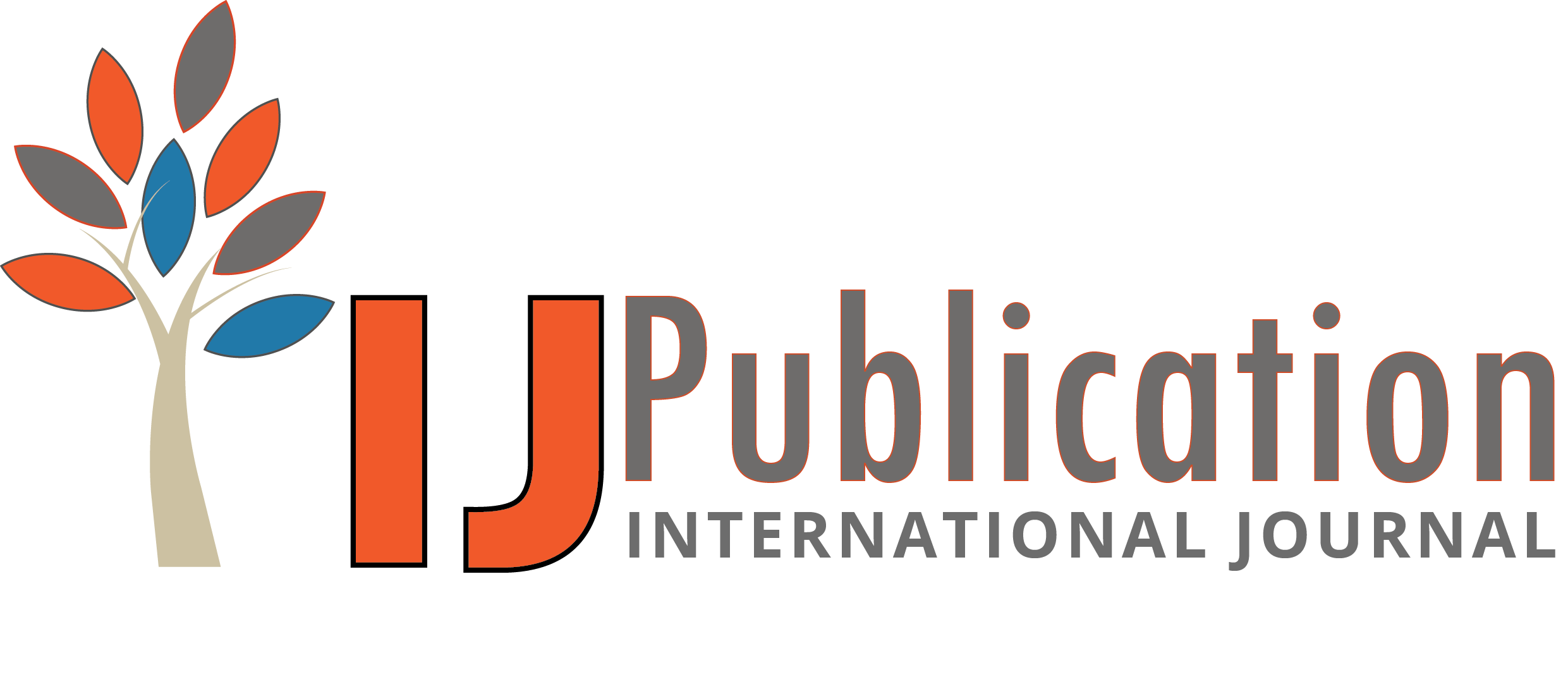Abhishek Das Reviewer
03 Oct 2025 10:07 AM
 Approved
Approved
Relevance and Originality This article tackles a highly relevant and timely issue within the media industry, offering a fresh perspective on the evolving role of AI in collaboration with human creativity. As digital platforms continue to proliferate, and media organizations face mounting challenges in content creation, distribution, and monetization, the need for innovative solutions has never been more pressing. The article’s originality lies in its focus on AI not as a replacement, but as a collaborative partner, enabling more efficient and creative workflows. While the argument is compelling, the article could be strengthened by providing specific examples or case studies of successful AI-human collaborations to illustrate the potential benefits more concretely.Methodology The methodology of this article is primarily conceptual and theoretical, exploring the integration of AI and human expertise across various media workflows. While the article provides a comprehensive exploration of AI’s role in automating processes, enhancing customer experiences, and driving strategic decisions, it would benefit from more concrete examples or empirical data to validate these claims. A deeper exploration of case studies or industry-specific examples would allow readers to better assess how these collaborative models work in practice, enhancing the article’s practical relevance and grounding its theoretical assertions.Validity & Reliability The article presents a strong theoretical foundation for the transformative potential of AI-human collaboration, underpinned by sound reasoning about how such collaborations can enhance operational efficiency and creativity. However, to further strengthen the validity and reliability of the conclusions, the article could benefit from a more robust analysis of real-world data or implementation outcomes. For instance, including quantitative data on productivity improvements or creative outcomes from AI-human collaboration in media companies would provide a clearer picture of the system’s actual impact. Additionally, discussing challenges such as biases in AI models or difficulties in human-AI integration would enhance the credibility of the article.Clarity and Structure The article is well-structured and organized, with a logical flow from introducing the challenges faced by the media industry to explaining how AI-human collaboration can address those issues. The clear division of sections allows for easy navigation of the different aspects of AI’s role in media workflows, from automation to content creation. While the structure is solid, some of the more technical aspects of AI integration could be further simplified for a broader audience, particularly for those unfamiliar with AI’s capabilities. Including more accessible language or definitions for technical terms would increase the accessibility of the article, making it more inclusive for a non-specialist audience.Result Analysis The result analysis effectively highlights how AI-human collaboration can optimize workflows and enhance creativity, making a strong case for the symbiotic relationship between technology and human expertise. However, the article could go deeper in analyzing how these collaborative systems affect long-term outcomes such as audience engagement or monetization strategies. For instance, how does AI collaboration impact customer satisfaction or content quality over time? More discussion on the scalability of such collaborative models and their potential long-term effects on the media industry would provide a more comprehensive view of their transformative potential. Additionally, a more detailed examination of the challenges involved in implementing these systems in real-world media companies would provide a more balanced and realistic outlook.








Abhishek Das Reviewer